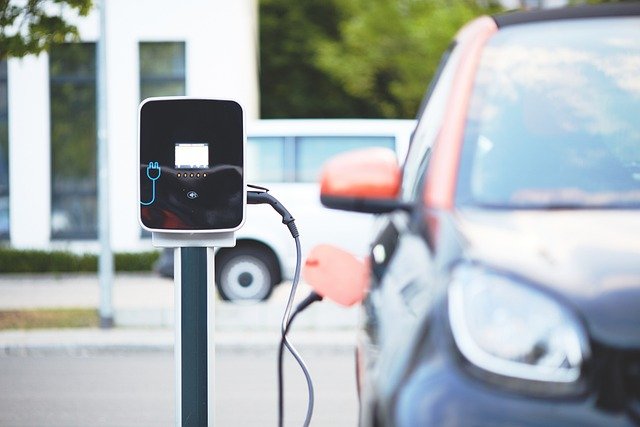The Hidden Revolution of Automotive Cabin Air Purification
Imagine driving through a bustling city, surrounded by smog and pollution, yet breathing in air as fresh as a mountain breeze. This isn't science fiction – it's the cutting-edge reality of automotive cabin air purification. As urban air quality deteriorates worldwide, carmakers are silently revolutionizing the way we breathe inside our vehicles, turning them into rolling sanctuaries of clean air.

The Evolution of Cabin Air Filtration
Traditional cabin air filters were designed to catch large particles like dust and pollen. While effective for their time, these systems were inadequate for dealing with modern air pollution challenges. The turning point came in the early 2000s when automotive engineers began to recognize the need for more sophisticated air purification systems. This led to the development of multi-stage filtration systems that could tackle not just particulate matter, but also harmful gases and odors.
Nanotechnology: The Game Changer
The introduction of nanotechnology into automotive air purification marked a significant leap forward. Nanofiber filters, with fibers as small as 1/1000th the diameter of a human hair, can trap particles as small as PM2.5 – particulate matter less than 2.5 micrometers in diameter. These ultra-fine particles, which include smoke, bacteria, and vehicle emissions, are particularly dangerous as they can penetrate deep into the lungs and even enter the bloodstream.
Active Air Purification Systems
Going beyond passive filtration, some luxury car manufacturers have introduced active air purification systems. These systems use ionization technology to create negatively charged particles that attach to pollutants, causing them to become too heavy to remain airborne. Some advanced systems even incorporate UV light sterilization, effectively neutralizing bacteria and viruses in the cabin air.
Smart Sensors and Automated Systems
The latest advancement in cabin air quality management is the integration of smart sensors and automated systems. These sensors continuously monitor both interior and exterior air quality, automatically adjusting the purification system’s intensity based on real-time data. Some vehicles now feature displays that show the current air quality index inside the cabin, giving drivers a tangible sense of the system’s effectiveness.
The Impact on Driver Health and Well-being
The benefits of advanced cabin air purification extend far beyond comfort. Studies have shown that exposure to poor air quality while driving can lead to decreased cognitive function, slower reaction times, and increased stress levels. By ensuring clean air inside the vehicle, these systems contribute to safer driving conditions and improved overall health for frequent commuters.
Challenges and Future Developments
Despite the significant advancements, challenges remain. The most sophisticated air purification systems are currently limited to high-end vehicles due to cost constraints. However, as with many automotive technologies, we can expect these systems to trickle down to more affordable models in the coming years.
Another challenge is the energy consumption of these systems, particularly in electric vehicles where power management is crucial. Engineers are working on more energy-efficient purification methods, including the use of advanced materials that can passively clean the air without requiring power.
The Road Ahead: Predictive Purification
The future of automotive cabin air purification looks even more promising. Researchers are exploring predictive purification systems that use AI and big data to anticipate air quality challenges. These systems could, for example, automatically increase filtration when approaching a known pollution hotspot or adjust based on weather forecasts predicting high pollen counts.
Integration with Smart City Infrastructure
As smart cities develop, there’s potential for vehicles to communicate with urban air quality monitoring systems. This could allow for real-time adjustments to cabin air purification based on citywide data, creating a dynamic and responsive system that adapts to changing urban environments.
Conclusion: A Breath of Fresh Air in Automotive Innovation
The evolution of automotive cabin air purification represents a silent but significant revolution in vehicle design. As we spend more time in our cars and face growing air quality challenges, the ability to create a clean air sanctuary within our vehicles becomes increasingly vital. From nanotechnology filters to AI-driven predictive systems, the future of in-car air quality looks bright – and breathable. This often-overlooked aspect of automotive engineering is set to play a crucial role in shaping the driving experience of tomorrow, ensuring that every journey is not just a trip from A to B, but a breath of fresh air in our daily lives.





